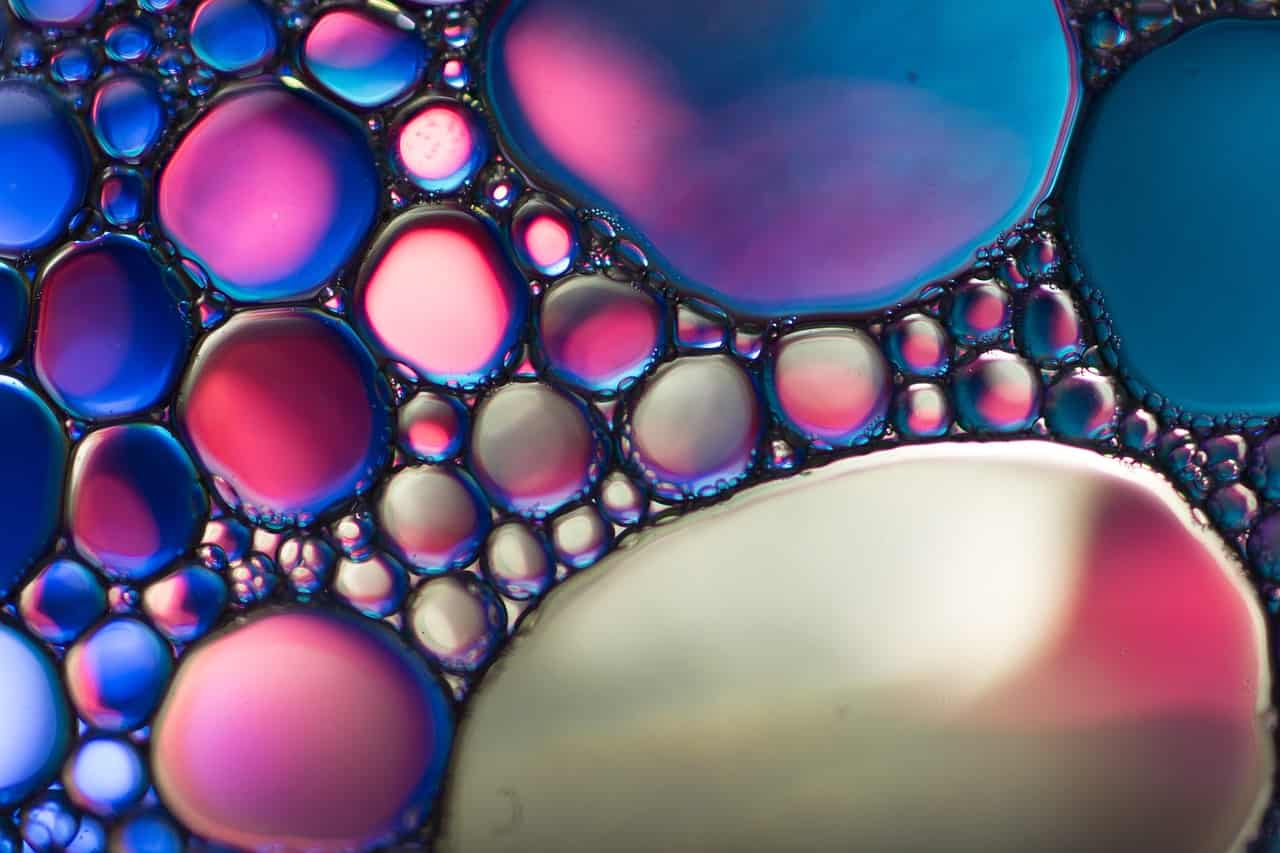
Every type of liquid has its unique properties. Water and mayonnaise, for instance, don’t flow the same and behave differently when compressed. But what if you had a single fluid that can change its properties on demand depending on the application? This is exactly what scientists at the Harvard John A. Paulson School of Engineering and Applied Sciences (SEAS) were able to do. They’ve devised a first-of-its-kind programmable metafluid, marking a significant leap forward in materials science.
This metafluid can change its viscosity, springiness, and even the way it reflects light on command. These properties could prove highly useful for a range of applications from robots to optical devices that go from clear to opaque.
“We are just scratching the surface of what is possible with this new class of fluid,” said Adel Djellouli, a Research Associate in Materials Science and Mechanical Engineering at SEAS and first author of the paper.
“With this one platform, you could do so many different things in so many different fields.”
A new era of fluid dynamics

The metafluid is composed of a suspension of small, elastomer spheres, ranging from 50 to 500 microns. These spheres can buckle under pressure, which is how they alter the characteristics of the fluid in which they are suspended. Hundreds of thousands of these were added to a silicon oil solution. When the pressure of the liquid increases, the capsules collapse and form a lens-like half sphere. When the pressure is removed, the capsules pop back into their original spherical shape.
It is this transition that allows the metafluid to change its properties. The degree of alteration is highly tunable, depending on the number, thickness, and size of the capsules.
For example, the metafluid can transition between behaving as a Newtonian fluid, where its viscosity is constant regardless of the applied stress, and a non-Newtonian fluid, where its viscosity changes in response to sheer force.
Versatile and capable
Such versatility may have profound implications. In hydraulic actuators, for instance, the metafluid could enable robots to adjust their grip strength without the need for additional sensors or programming.
The team showcased the liquid’s programmable nature by using it in a hydraulic robotic gripper to successfully grasp a glass bottle, an egg, and a blueberry. Traditional hydraulic systems rely on simple air or water and require sensors or external controls to adjust grip without causing damage. Instead, the metafluid-equipped gripper automatically responds to different pressures.
Similarly, this metafluid could enable smart shock absorbers that dissipate energy depending on the intensity of the impact. In another experiment, the researchers showed how pressure-based programming can make the fluid act like a logic gate. The researchers even reprogrammed the optical properties. When pressure is applied and the capsules collapse, they act like microlenses that allow light to pass through, making the liquid transparent. After the pressure is removed and capsules revert to spheres, light is scattered, rendering the meta-fluid opaque.
“We show that we can use this fluid to endow intelligence into a simple robot,” said Djellouli.
Potential across fields
This innovation builds on the concept of metamaterials, materials not found in nature that are designed with unique properties dictated by their structure rather than their composition. Unlike their solid counterparts, metafluids can flow and adapt. This flexibility sounds very promising at the moment. The team achieved this breakthrough using a scalable fabrication technique.
“The application space for these scalable, easy-to-produce metafluids is huge,” Katia Bertoldi, William and Ami Kuan Danoff Professor of Applied Mechanics at SEAS and senior author of the paper.
The findings appeared in the journal Nature.









